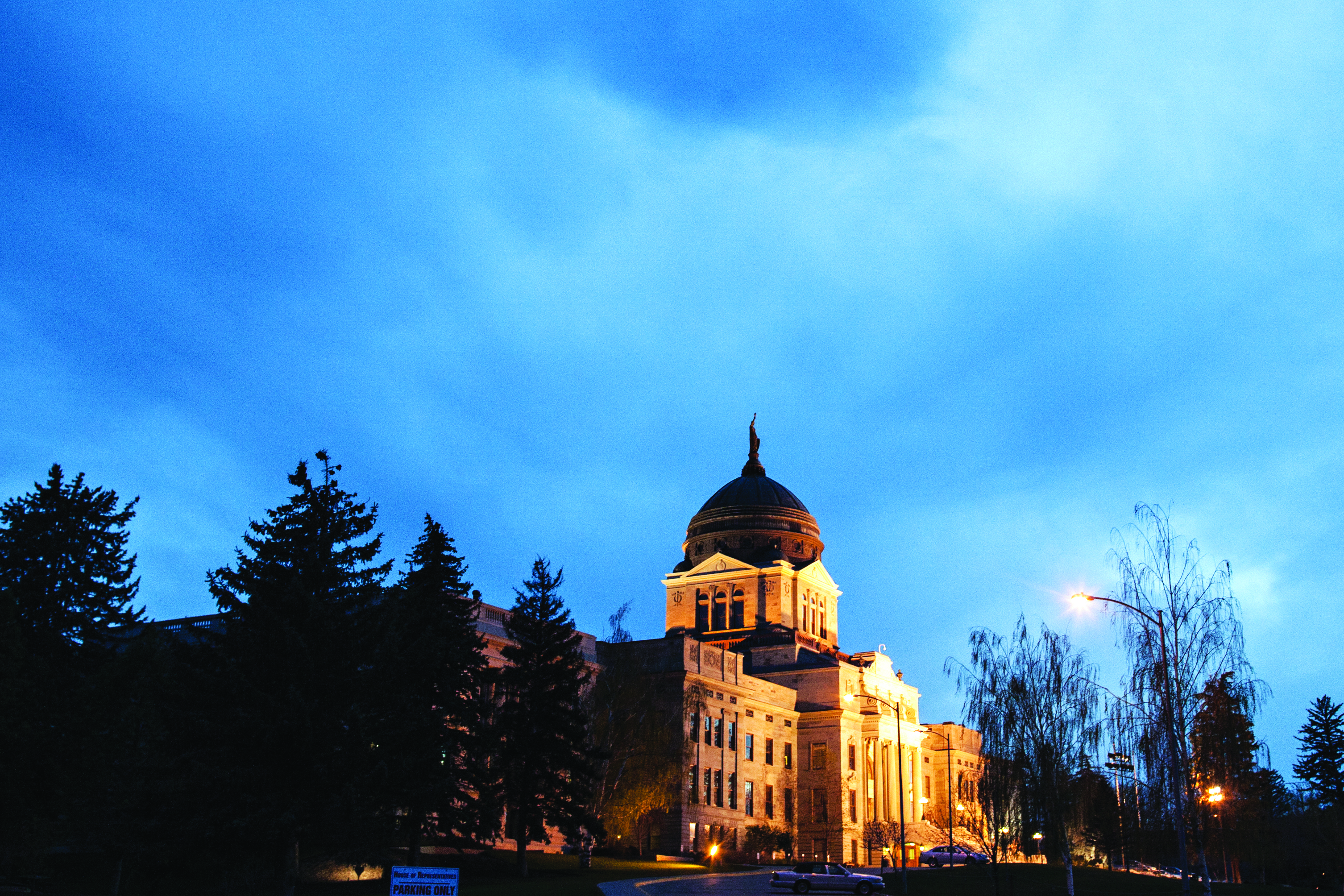Updated: March 29, 6:15 p.m.
HELENA — The Montana House and Senate endorsed separate infrastructure bills Wednesday that include $45 million worth of disputed building projects that sank similar measures in the past two legislative sessions.
However, it was far from clear whether there is enough support for the House bill to pass on a final vote, which would require the approval of 67 of 100 representatives because it is a bonding measure.
Some Republicans are reluctant to place the state into debt to pay for any infrastructure, while others oppose using bonds to pay for large building projects like Montana State University’s $25 million Romney Hall renovation.
The Senate measure passed its initial vote 38-12, after Sen. Eric Moore, R-Miles City, said during debate that it’s the state’s responsibility to fix those buildings and the aging water and sewer systems that rural counties can’t afford to repair.
“I think this is a reasonable, disciplined use of debt to fix things that need to be fixed,” Moore said.
Senate Majority Leader Fred Thomas, R-Stevensville, and Senate Minority Leader Jon Sesso, D-Butte, both supported the plan.
“This is the third session we’ve been toiling with this issue — we haven’t got it done,” Thomas said. “We have this infrastructure issue wrapped around our ankles and we need to get rid of it.”
The measure will require at least 34 votes to pass a final vote in the Senate, which is scheduled for Thursday.
Rural communities in eastern Montana have been struggling to upgrade their roads, water and sewer systems since the Bakken oil boom in North Dakota brought more people to those towns and more traffic on the roadways. Some of the building projects in the urban areas of the state have been waiting a decade or longer for funding.
Gov. Steve Bullock vetoed an infrastructure bill in 2013 that landed on his desk after the Legislature adjourned, denying him the opportunity to recommend changes. The Legislature failed to pass another bill in 2015 by a single vote.
The House’s current infrastructure bonding bill went to the floor with only $33 million worth of road, bridge, water and sewer projects. However, 12 Republicans voted with 41 Democrats to add in the building projects that are in the Senate bill, which Bullock supports.
Besides the Montana State University project, they include $10 million for a new veterans’ home in Butte, $5.4 million for a Great Falls College dental hygiene building addition and $5 million for a Montana State University-Billings technology building addition.
The additions caused the bill’s sponsor, Rep. Mike Cuffe, R-Eureka, to vote against it.
“As we load more and more into the bonding, the chance of this passing is less and less,” he said.
The House bill was endorsed 56-44. Supporters will need at least 11 more votes for it to pass the House.
The main difference between the House and Senate infrastructure bonding bills now is how much money would go to public school repairs, and how they would be funded. The House bill calls for $15 million paid in cash, while the Senate bill calls for $30 million paid with bonding.
The House also gave initial approval to five bills that would pay for $213 million in public works projects in cash from special revenue accounts.
The House narrowly endorsed a separate measure for another building project, $27 million for a new Montana Historical Society museum and heritage center that would be funded with a one-half percent increase in the state’s lodging tax. House Minority Leader Jenny Eck, D-Helena, pulled the historical society project from the bonding bill when it became clear it didn’t have enough Republican support.
Her measure passed its initial vote 52-48.
